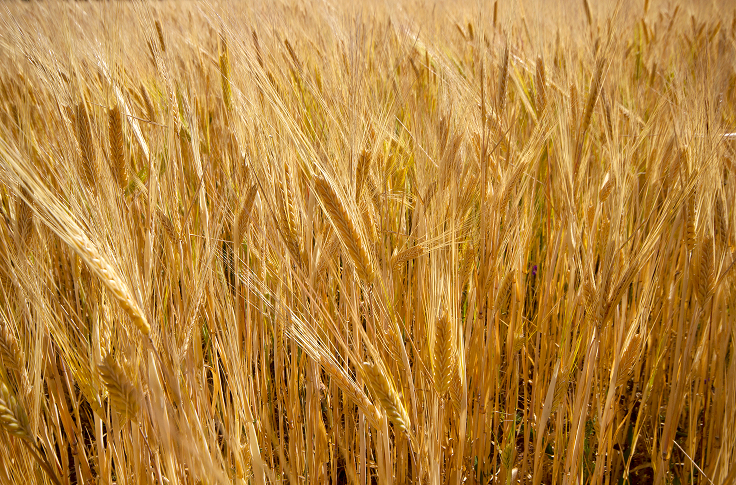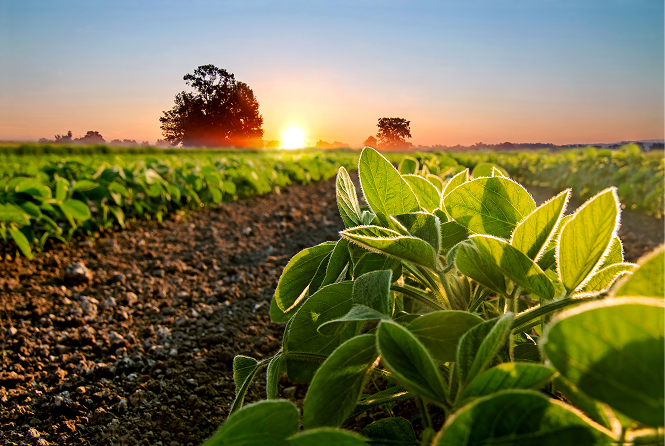
The agri-food chain represents the entire path that a food product takes, from the production of its raw materials to the final consumer. This process includes all the phases of the path, such as the selection of raw materials, transformation, distribution and marketing.
The agri-food supply chain therefore involves farmers, producers, processors, distributors and retailers, all subjects connected in a chain that brings the product to the consumer’s table. The agri-food supply chain also includes the regulations, food safety practices and quality certifications that regulate the process.
There are different types of agri-food supply chains, which are mainly distinguished based on the length and complexity of the path that the food product takes before reaching the final consumer.
1. The Short Supply Chain is characterized by a limited number of intermediaries and production steps, which can also lead to direct contact between the producer and the consumer.
2. The Long Supply Chain involves several intermediaries (often also supermarkets) and a greater geographical distance between producer and consumer.
3. In the Integrated Supply Chain, a single company controls and manages the entire process, from primary production to final distribution.
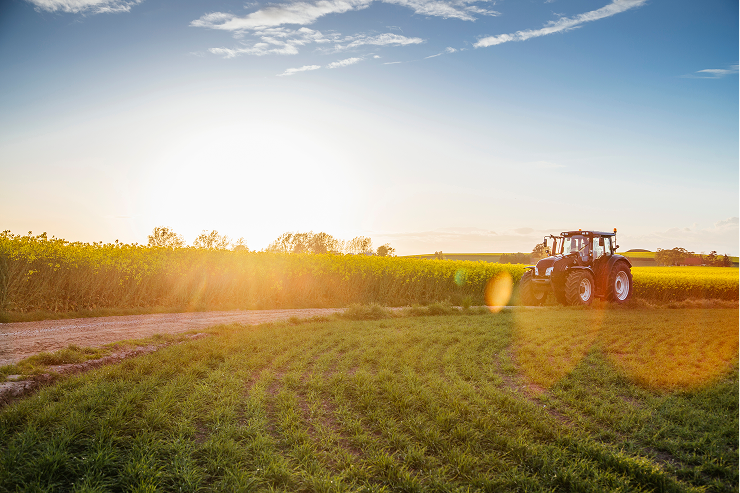

The main difference between short and long supply chains lies in the length and complexity of the path that the food product takes before reaching the final consumer.
The short supply chain is characterized by a limited number of steps between production and the final consumer, often with direct sales from the producer to the consumer. The long supply chain, on the other hand, includes numerous intermediaries that intervene between production and consumption, increasing the complexity and length of the path.
The integrated supply chain is an agri-food production model in which a single company manages and controls all phases of the process, from the production of raw materials to the distribution of finished products.
This approach allows complete and direct control over each phase of the production chain, ensuring greater quality of the final product.
Companies that adopt the integrated supply chain boast high standards of transparency and traceability, as they have full control over every aspect of production.
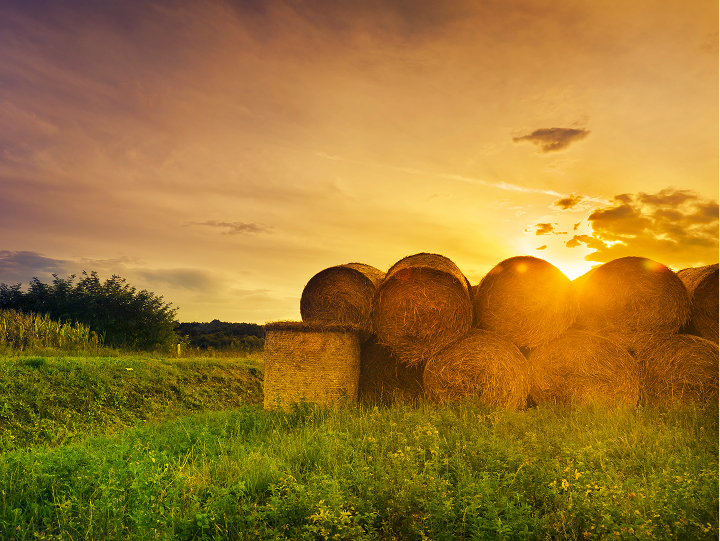

The controlled supply chain is an agri-food production system in which each phase of the process, from the selection of raw materials to the distribution of finished products, is subject to rigorous control and monitoring.
This control ensures that quality, safety and traceability standards are respected at all times, ensuring consumers of the origin and quality of the product.
Companies that adopt a controlled supply chain invest in technologies and procedures to guarantee high quality and reliability of their products, demonstrating a commitment to transparency and customer satisfaction.
CSQA is a Certification Body operating in various sectors, including Agri-food. It is the first Italian body accredited in Food.
In 2000, it created the first specification for the voluntary certification of controlled supply chains, which subsequently became the reference document for the development of UNI 10939, which later became ISO 22005.
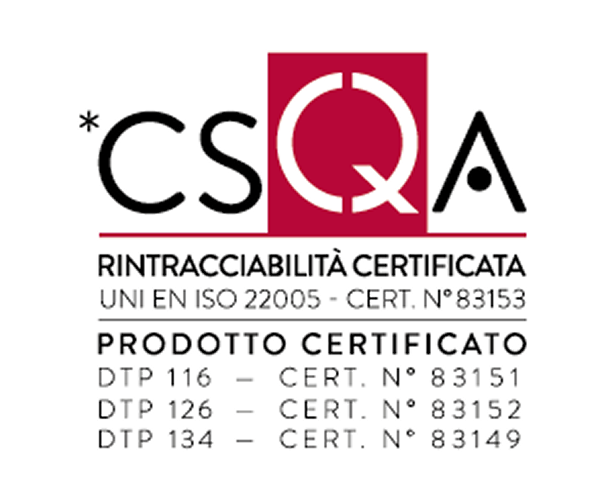
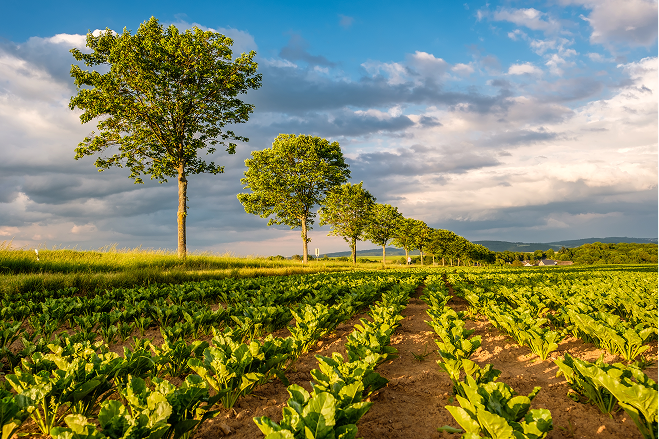
Choosing products from a controlled supply chain guarantees consumers high standards of quality, safety and transparency throughout the entire production process. These products come from supply chains where each phase, from the selection of raw materials to final distribution, is carefully monitored and certified.
The controlled supply chain ensures the origin and quality of the ingredients, respecting strict regulations. Furthermore, it promotes product traceability, allowing consumers to make informed and reliable choices.
Supply chain products are recognized by several distinctive elements. First of all, they are characterized by a clear indication of the origin and provenance of the ingredients used, often accompanied by official certifications of traceability and compliance with quality standards.
In addition, they may carry marks or seals that certify compliance with certain production and processing criteria. Some producers also adopt special labeling systems or use distinctive packaging to highlight their belonging to a specific supply chain.
